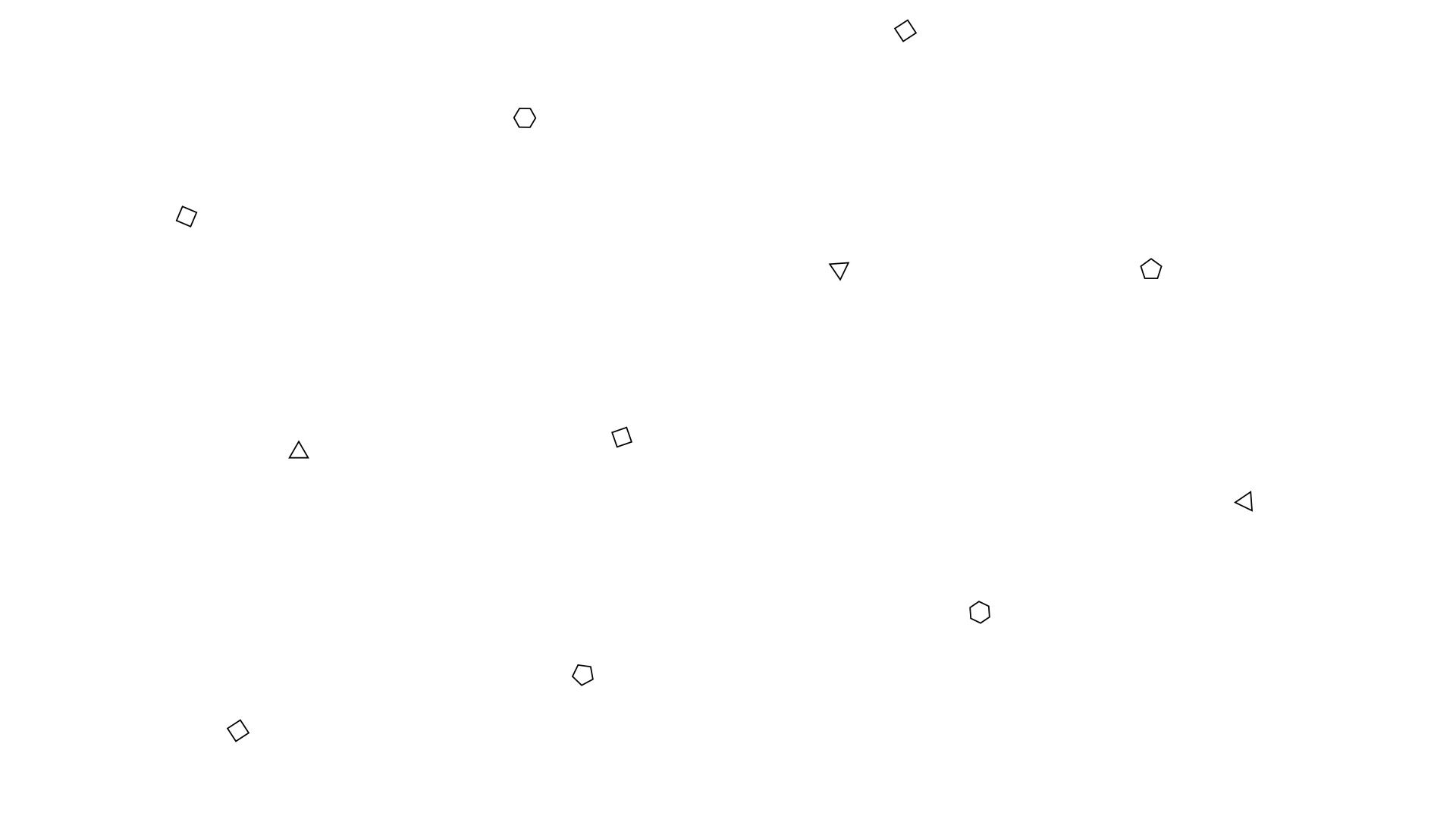COVID-19 Pavilion
- Chokoon

- May 30, 2020
- 4 min read
Updated: May 21
Project Title: COVID-19 Pavilion
Condition: Conceptual
Date: 04/2020

As April draws to a close, it has been a challenging, yet strangely remarkable month. One thing has become clear: COVID-19 is here to stay.
The COVID-19 Pavilion is a conceptual design proposal that reimagines the virus not as a threat, but as an architectural play object and spatial enclosure. If our curious microscopic companion is going to be with us for a little while, then perhaps it's time we get to know each other more.

Have you ever wondered why most viruses share a similar appearance; spherical forms adorned with spiky protrusions? To understand this recurring geometry, we must look back to nature’s intrinsic design logic. Why, for instance, do raindrops, bubbles, or even celestial bodies like planets also take on spherical shapes?

If you want to create a surface that contains the largest amount of space using the smallest possible area, the answer is a sphere. Mathematically, the sphere has the smallest surface area of all shapes that enclose a given volume, and conversely, it encloses the largest volume among all closed surfaces with the same surface area.
But why?
The sphere frequently emerges in nature; for example, bubbles and small water droplets tend to take on a spherical form because of surface tension. This tension acts as a force minimizing the surface area, pulling the drop into the most energy-efficient shape. Fundamentally, nature follows the path of least resistance; nature is inherently “lazy”.
The energy of a liquid droplet is directly proportional to its surface area, so to conserve energy, it adopts the form with the smallest possible surface for a given volume: the sphere. This efficient logic is not just a chemical accident, but a universal principle seen from the microscopic scale of viruses to the vastness of planets.
In architecture, this same idea resonates with the pursuit of material efficiency, structural integrity, and spatial economy. It offers a compelling foundation for design, where natural geometry informs both function and form.
Photographs by Analiza Daran De Guzman
Another example, planets, which at one stage are mostly molten rock, pull themselves into spherical shapes by their own gravitational attraction. This results in a spherical shape; the only geometry where all surface points are equidistant from the center, achieving equilibrium. This natural tendency toward the sphere is a demonstration of how form follows force. In architectural design, understanding such principles allows us to reflect on how natural systems resolve structure and stability, informing us how to design environments that are both resilient and elegantly simple.

However, in both nature and architecture, the ideal sphere is not always feasible due to structural constraints. In the microscopic world of viruses, for instance, the viral envelope must be constructed from numerous identical protein subunits. This modular requirement prevents a perfectly smooth sphere and instead results in faceted, polyhedral geometries.
Similarly, in architecture, the aspiration to create spherical enclosures, such as domes, must contend with material limitations. A geodesic dome, for example, approximates a sphere using flat, rigid panels, often glass or metal, arranged in repeating polygonal patterns. These constraints highlight the balance between form, function, and fabrication.

As a result, both nature and the architects hit on the same solution; make whatever shape you can manage that is closest to a perfect sphere. All such shapes are based on the icosahedron; a highly efficient geometric structure composed of 20 equilateral triangles, which serves as a foundational shape for both viral capsids and geodesic domes.

The pavilion takes a form of a half-truncated icosahedron, which mimics the shape of half a sphere. What's intriguing about this form is that the truncated icosahedron is the simplest of an infinite family of solids, known as pseudo-icosahedra. It consists of 12 Pentagons, 20 Hexagons, 90 edges, and 60 vertices, this polyhedral configuration achieves both structural integrity and spatial efficiency; qualities that are highly valued in architectural design and construction.

The same shapes occur in many viruses because they are the best way to pack identical units while minimizing energy. The outer coat of a virus is typically made from many copies of the same protein unit, and these units self-assemble into symmetrical patterns, fitting together much like the vertices of a polyhedron, allowing the virus to achieve structural stability with minimal genetic coding and material investment.


As fascinating as it sounds, the truncated icosahedron as seen in the COVID-19 pavilion took inspiration from a remarkable molecule called "Buckminsterfullerene". It is a spherical form of carbon comprising of 60 atoms (60 vertices) first synthesized in 1985. The discovery opened a new branch of chemistry, and the researchers were awarded the 1996 Nobel Prize Chemistry for their groundbreaking work.

Structure of the C60 molecule, "Buckminsterfullerene"

Who would have thought that the humble solid geometry that was seen regularly on a soccer ball with its five- and six-sided panels would be material for a Nobel prize?
The project was published on Design Matters:




















Comments